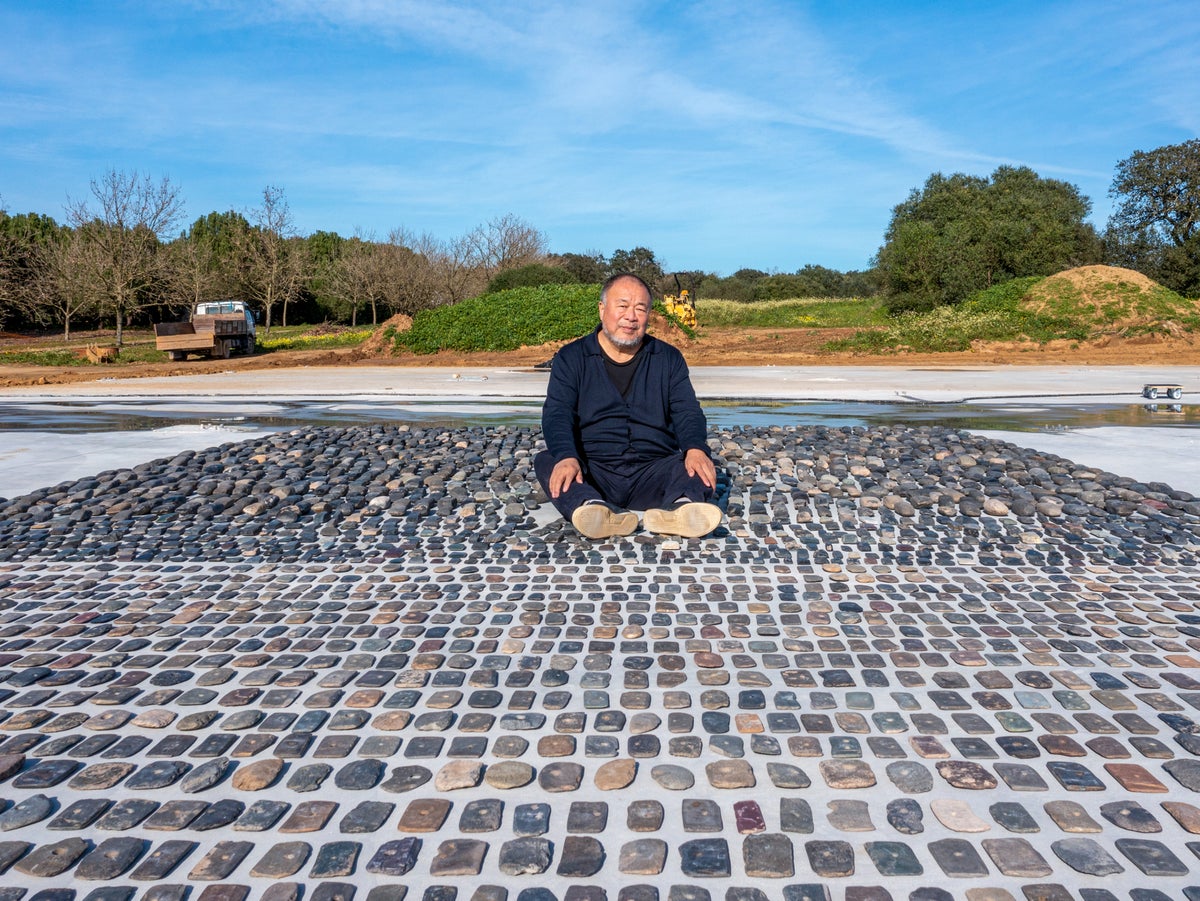
An artist notorious for smashing ancient vases may not seem the most reliable custodian and curator for our collective material heritage. Ai Weiwei’s 2011 detention without trial by the Chinese authorities made him an international celebrity and a major art world player. Yet the artist gained almost equal infamy when it emerged that he had dropped and smashed a 2,000-year-old Han Dynasty urn in a 1995 artistic action – entitled Dropping a Han Dynasty Urn – designed to question the value and power we bestow on certain cultural objects.
If that gave the impression of an artist actively hostile to history, we now know this is very far from the case. Since the 1990s, Ai has created a vast archive of China’s artistic and architectural past, including ceramic works numbered in the millions and entire buildings, alongside vast numbers of valueless modern mass-produced objects.
Ai’s industrial-scale collecting is at once a response to the wholesale destruction of China’s past in the massive urbanisation drive of the past three decades, and an art activity in its own right. He reconfigures his treasures into artworks that try to “make sense” – to paraphrase this show’s title – of who we are and where we are going through our attitudes to objects: the things we keep and the things we discard.
And whether he’s dealing with a Stone Age axe-head or a child’s polyester backpack, Ai’s approach to these things is far from precious.
To get into the Design Museum to see the artist’s first “design-focused exhibition” we have to pass through the carved wooden frame of a merchant house from the Qing Dynasty (1636-1912). Filling most of the foyer, it’s painted in garish colours redolent more of Toys “R” Us than Tate Modern. The surrounding walls are covered in wallpaper patterned with emblems of surveillance and imprisonment: CCTV cameras, handcuffs. A straightforward display of Ai’s favourite antiquities and design objects this certainly isn’t.
The exhibition centres on five new site-specific installations in which hundreds of thousands of objects are laid out in what are described as “expansive fields” each around 6 x 10 metres. Neolithic hand tools – axe-heads, knives, chisels – are laid out in meticulous rows in one; porcelain cannonballs – each a thousand years old and handcrafted to kill – fill another. A low-lying heap of Song dynasty porcelain teapot spouts – around a quarter of a million of them – are all from vessels smashed in 12th-century attempts at quality control. Farmers finding such objects in their fields apparently bring them to Ai knowing of his interest. But that is still a lot of teapot spouts.
Most perplexing is a mass of large blue ceramic shards that look too shiny to be old. They are in fact the wreckage of one of Ai’s own pivotal works. When his studio was demolished by the Chinese authorities at the time of his 2011 incarceration – for “economic crimes” – a number of large ceramic “bubble” forms, designed to test the technical capacities of porcelain, which could not be moved, were simply smashed.

While one can imagine that finding an entire aspect of your life’s work randomly destroyed would make anyone sceptical about attaching value to objects – or indeed trying to create anything – Ai has doggedly reconfigured the shattered remains into this quietly moving work.
At the end of the space, beams from a demolished temple are turned into a steeply pitching abstract sculpture, projecting from the floor out of some brightly coloured material that proves on close inspection to be Lego.
The wall beyond contains a full-size, 15-metre-wide Lego recreation of one of Claude Monet’s panoramic waterlily paintings. From a distance the swirling textures look reasonably convincing, before the 650,000 plastic bricks come into focus. A dark rectangle not present in Monet’s painting represents the entrance to the dug-out bunker in which Ai and his father, the dissident poet Ai Qing, were imprisoned during the Cultural Revolution of the 1960s in Mao’s China. Even amid transcendent beauty, the work implies, we never quite escape the world’s horrors.

There are more dark resonances in the snake-like forms writhing across the adjacent wall. One, composed of backpacks commemorates the thousands of children killed in the Sichuan earthquake of 2008. Ai’s claims that corruption and shoddy building methods were substantially responsible led directly to his 2011 imprisonment. The other serpent shape, formed from life vests, is dedicated to those drowned at sea during the current migrant crisis.
Video footage of the new China’s busy freeways seen beside the fields of ancient objects doesn’t deliver quite the jolt you might hope for. A Han Dynasty urn painted with a Coca-Cola symbol feels a touch glib as the embodiment of incompatible value systems – though as with the notorious dropped urn you find yourself wondering how authentic the “ancient” object actually is.
While this show reflects on the disruption and destruction wreaked by the tides of culture and politics, its effect is oddly soothing. Ai’s installations have a timeless abstract beauty. For all their sinister connotations, his fields of objects, whether whole or shattered fragments, have a meditative quality that recalls the gardens seen around Chinese temples. They invite us to contemplate the passage of time and the larger purpose of human endeavour. There’s a reassuring sense that humanity’s instincts for order and beauty will endure long beyond the existence of mere things.
Ai Weiwei: Making Sense runs at the Design Museum from 7 April until 30 July







